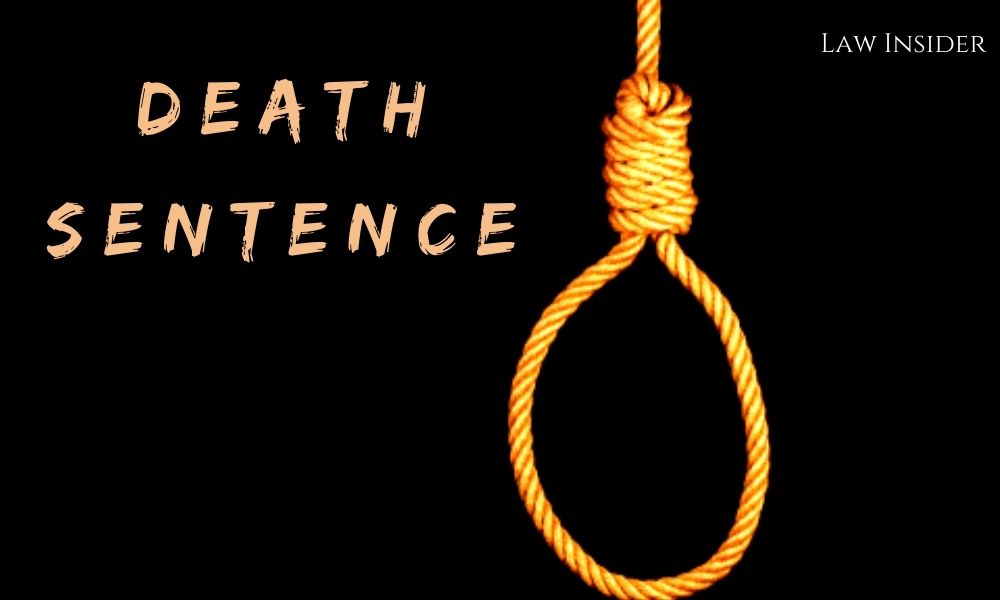Aastha Thakur
Published on: 29 September 2022 at 18:15 IST
The Supreme Court exonerated the man who was facing the death penalty for the alleged rape and murder of a six-year-old child. The Court noted that the prosecution witnesses’ testimonies contained significant internal inconsistencies, which both the Trial Court and the High Court completely ignored.
“Court cannot make someone, a victim of injustice, compensate for the injustice to the victim of a crime,” said the Bench of Justices S. Abdul Nazeer, AS Bopanna, and V. Ramasubramanian.
The bench observed that the accused is a pauper and could not afford counsel for his case even in the Sessions Court. Only after repeated requests to the Court of District and Sessions Judge, the advocate was provided to him. The bench also disparaged the police authorities for not conducting investigation properly.
“We cannot shy away from the fact that it is a ghastly case of rape and murder of a 6 year old child. By not conducting the investigation properly, the prosecution has done injustice to the family of the victim.”
“By fixing culpability upon the appellant without any shred of evidence which will stand the scrutiny, the prosecution has done injustice to the appellant. Court cannot make someone, a victim of injustice, to compensate for the injustice to the victim of a crime.”
The accused has been alleged to have taken his niece, aged 6 years, under the excuse of showing dance and song performances at the Holi festival, and after that, he raped and killed her. The Sessions Court convicted him for offences under Sections 302 and 376 of the IPC and awarded the death penalty for his grave offence. His appeal was rejected by the Allahabad High Court, which upheld the death sentences given by the Session Court.
In his appeal before the High Court, he raised issues regarding (i) the trustworthiness of the testimonies of PWs 1 to 3, in the light of certain contradictions; (ii) the consequences of the delay on the part of the police in forwarding the FIR to the Court; (iii) the failure of the prosecution to produce forensic/medical evidence and its effect; and (iv) the manner in which the questioning under Section 313 of the Code was undertaken and its effect upon the findings recorded.
The accused’s defence, according to the court, was that he was wrongfully charged at the urging of a local prominent person whose wife serves as the village Pradhan.
The apex court also noted numerous flaws in the evidence on record presented before the Court, (i) the place where the dead body was first seen by the Police; (ii) the person who took the dead body; and (iii) the place to which the dead body was taken and (iv) Different versions regarding the Place, Date and Time of conduct of the inquest. The irregularities in the investigation raises questions over the reliability of testimonies of PWs 1 to 3.
The court further noted that, given the facts and circumstances of this case, the five-day delay in forwarding the FIR to the appropriate court was catastrophic. The prosecution chose not to have the accused (here, the appellant) examined by a doctor.
Regarding this, it said: “The failure of the prosecution in this case to subject the appellant to medical examination is certainly fatal to the prosecution case especially when the ocular evidence is found to be not trustworthy…”
“Their failure to obtain the report of the Forensic Sciences Laboratory on the blood/semen stain on the salwar worn by the victim, compounds the failure of the prosecution.”
While allowing the appeal, the bench observed:
“The seriously inherent contradictions in the statements made by them have not been duly taken note of by both the courts. When the offence is heinous, the Court is required to put the material evidence under a higher scrutiny.”
“…No one spoke as to who sent the FIR to the court and when it was sent. Strangely even the copy of the postmortem report was admittedly received by SHO on the 13.03.2012 though the post mortem was conducted on the 09.03.2012,. It was the same date on which the FIR reached the Court.”
“These factors certainly create a strong suspicion on the story as projected by the prosecution, but both the Courts have overlooked the same completely. This erroneous approach on the part of the Sessions Court and the High Court has led to the appellant being ordained to be dispatched to the gallows. “
The appellant received legal support from Project 39A of the National Law University of Delhi at the Supreme Court. Senior Advocate S Nagamuthu defended the appellant in court.

